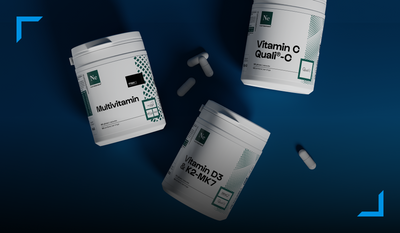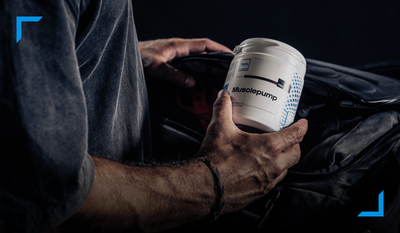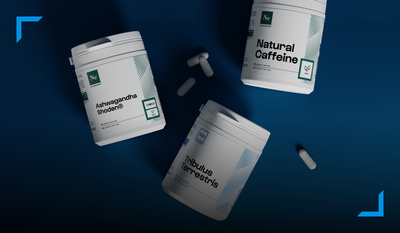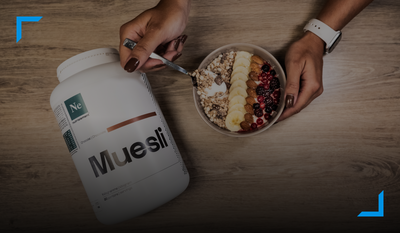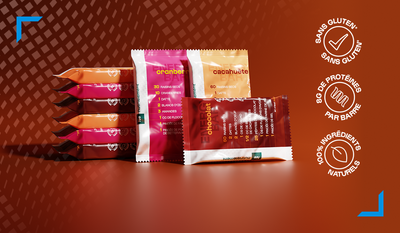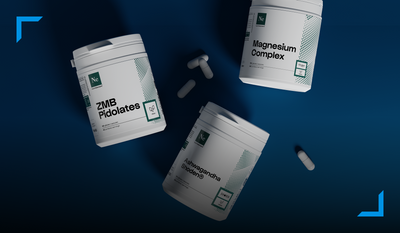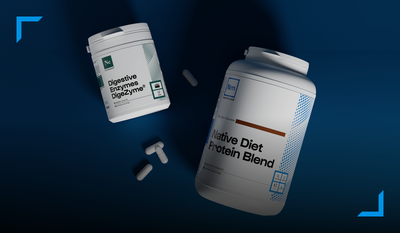0 commentaires
Clarified butter, called ghee, is based on the use of pure butter fat. It is a product commonly used in India and increasingly popular in the West. Its benefits on digestion and the ability of this type of butter to withstand cooking at high temperatures have made it famous.
Table of contents:
- Origin and preparation
- Use in the kitchen
- Benefits and advantages
- How to choose your ghee butter?
Origin and preparation
What is ghee?
Clarified butter, ghee or ghi is a clarified butter used mainly in India and Egypt but is also known by another name in the Maghreb countries. Its origins are distant and its use is used in both the culinary and medical worlds (Ayurvedic medicine). Ghee butter is actually based on the elimination of water, lactose and proteins in order to keep only the pure fat of ordinary butter.
The preparation of ghee butter consists of melting unsalted butter over low heat in a saucepan. After boiling, a whitish foamy surface begins to appear. These are particles composed of casein, whey and impurities that must be removed using a spoon or strainer. The ghee is then filtered and freed from its carbohydrates and will be poured into a glass jar in the form of a liquid of a beautiful golden color, hence its name "the gold of Ayurveda." It will then take on a semi-solid consistency and can be stored at room temperature.
Very good conservation
Ghee butter is a practical product because it keeps extremely well compared to traditional butter. In fact, thanks to its absence of water and lactose, it is possible to keep your ghee butter out of the refrigerator for several months without fear of it going rancid.
Cooking uses of ghee butter
Mainly used for cooking and baking, ghee butter has a few additional benefits over regular butter. A very stable fat, it is ideal for heavy cooking and has a high smoke point of 250°C. It can be used as an alternative fat to vegetable oils (olive oil, sunflower oil) and traditional butter. Ghee butter has a slightly nutty flavor and is suitable for both your savory and sweet recipes.
Benefits and Advantages of Ghee Butter
Easy digestion
In addition to its simple and effective use in cooking, ghee butter is also used for its health benefits. Highly prized in the Ayurvedic tradition, its main benefits are at the digestive level. Free of carbohydrates and proteins, ghee butter is ideal for people who are lactose intolerant or who suffer from digestive problems.
Its effect on digestion thus facilitates the absorption of micronutrients and vitamins contained in butter and your nutritional recipes. Ghee butter has butyric acid and conjugated linoleic acid (CLA), two molecules that play an important role in the digestive process and relieve chronic inflammation of the intestine.
More energy for training
Rich in medium chain fatty acids (MCF), ghee facilitates the absorption of carbohydrates in order to accelerate the energy metabolism process in the liver. The body then has access to more energy during physical performance. A source of vitamin K, A and E, it helps with maximum absorption thanks to its richness in good lipids.
How to choose your ghee butter?
Choosing your ghee butter wisely is important. Some ghee butters are made in the form of vegetable ghee. However, this type of ghee contains a lot of trans fatty acids (about 40%). However, these unsaturated fatty acids have a negative effect on cholesterol levels.




